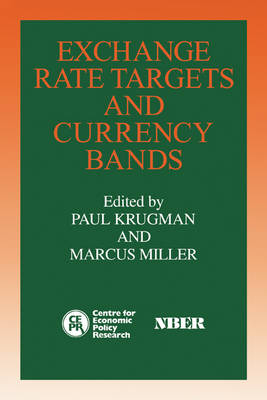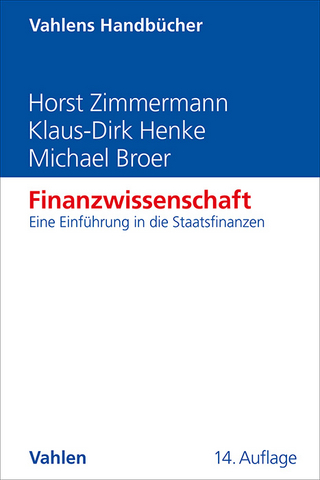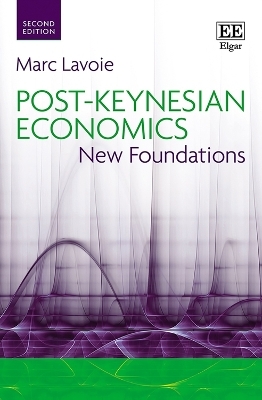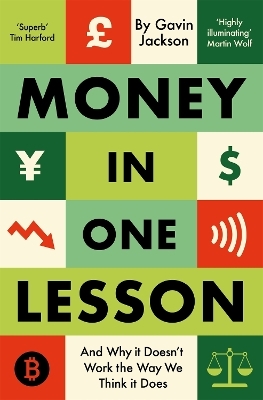
Exchange Rate Targets and Currency Bands
Cambridge University Press (Verlag)
978-0-521-43526-0 (ISBN)
Research programmes in economics usually emerge from the intersection between a new analytical approach and a real economic problem. In the last few years, such a programme has emerged in international monetary economics, which is underpinned by a theoretical framework grounded in stochastic calculus and the increasing prominence in the real world of the international monetary arrangements under which national monetary authorities attempt to keep exchange rates within bands or 'target zones'. This new programme of research also covers switches in exchange rate regimes. This volume from the Centre for economic Policy Research and the National Bureau of Economic Research includes contributions - as authors or discussants - from most of the active participants in the development of this new field, and will serve as a useful introduction and basic text for this new research programme. It opens with an account of the basic economic model of a currency band developed by Paul Krugman, which is followed by two papers that extend this approach. Other chapters study the regime switches entailed in Britain's return to the gold standard in 1925 and the preannounced entry of a floating currency into a band such as the EMS. Essays on sustainability and realignment consider the possible outcomes of speculative attacks on such bands, and the volume ends with a paper on econometric testing of models of this type.
1. Editors' introduction Paul Krugman, and Marcus Miller; Part I. Modelling Currency Bands: 2. Exchange rates in a currency band: a sketch of the new approach Paul Krugman; Part II. Currency Bands: Extending the Model: 3. The linkage between speculative attack and target zone models of exchange rates: some extended results Robert P. Flood, and Peter M. Garber; Discussion Paul Weller; 4. Target zones, broad and narrow Francisco Delgado, and Bernard Dumas; Discussion Leonardo Bartolini; Part III. Regime Shifts: The Return to Gold and Ems Entry: 5. Stochastic process switching: some simple solutions; 6. Entering a preannounced currency band Masaki Ichikawa, Marcus Miller, and Alan Sutherland; 7. Britain's return to gold and entry into the EMS: joining conditions and credibility Marcus Miller, and Alan Sutherland; Discussion Gregor W. Smith; Part IV. Limited Reserves and Sustainability: 8. Speculative attacks on target zones Paul Krugman, and Julio Rotemberg; Discussion Bernard Dumas; 9. Anomalous speculative attacks on fixed exchange rate regimes: possible resolutions of the 'gold standard paradox' Willem H. Buiter, and Vittorio U. Grilli; Discussion Maurice Obstfeld; 10. Sustainable intervention policies and exchange rate dynamics Giuseppe Bertola, and Ricardo J. Caballero; Discussion Lars E. O. Svensson; Part V. Estimation and Testing: 11. Estimation and testing in models of exchange rate target zones and process switching Gregor W. Smith, and Michael G. Spencer; Discussion Hossein Samiei.
| Erscheint lt. Verlag | 22.10.1992 |
|---|---|
| Zusatzinfo | Worked examples or Exercises |
| Verlagsort | Cambridge |
| Sprache | englisch |
| Maße | 152 x 229 mm |
| Gewicht | 435 g |
| Themenwelt | Wirtschaft ► Volkswirtschaftslehre ► Finanzwissenschaft |
| ISBN-10 | 0-521-43526-9 / 0521435269 |
| ISBN-13 | 978-0-521-43526-0 / 9780521435260 |
| Zustand | Neuware |
| Haben Sie eine Frage zum Produkt? |
aus dem Bereich


